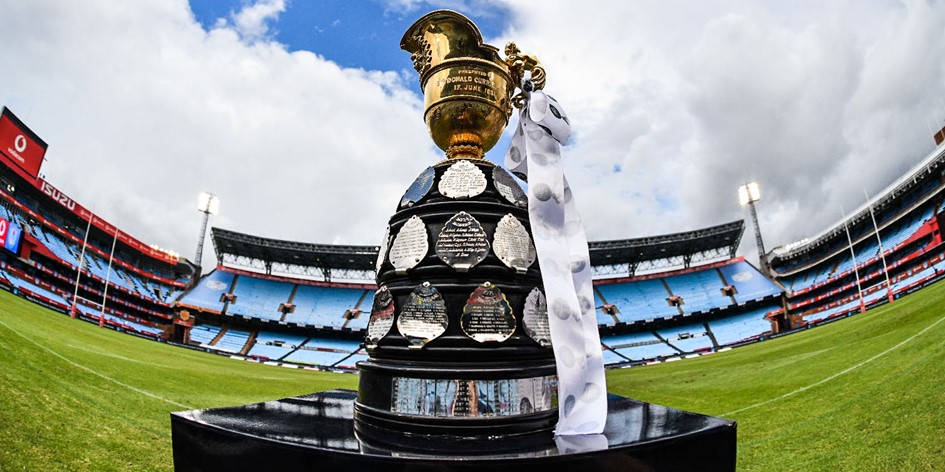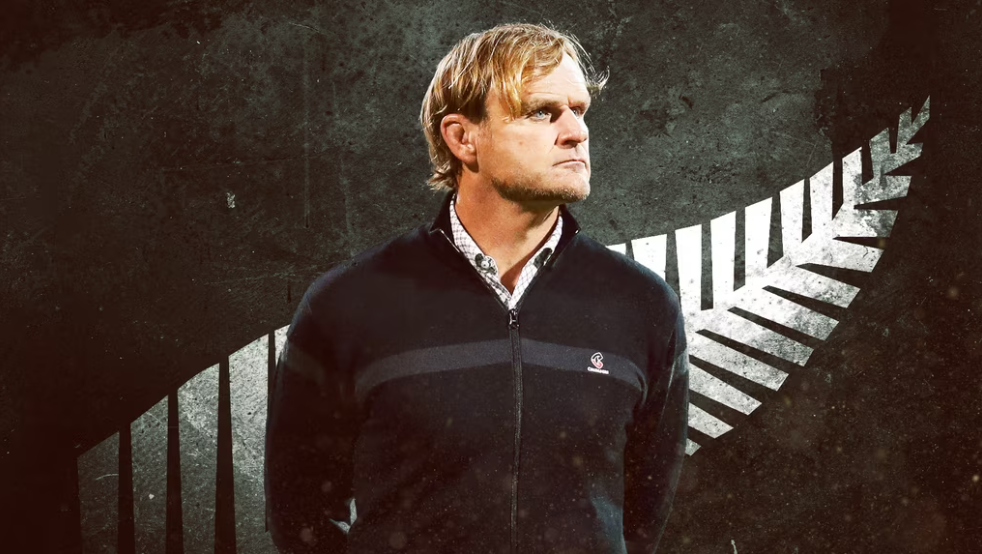South African provincial rugby has been a case of princes and paupers for decades. SA Rugby has tried to keep all its stakeholders and voting members happy with promises of a future in professional competitions.
These promises have become unattainable in the modern professional game as the South African economy simply cannot afford to sustain the number of teams looking for a seat at the top table of local rugby. Teams struggling financially is not unique to South Africa. The Premiership has two examples of teams in financial distress. Wasps and Worcester.
South African provincial rugby’s nemesis
The reality for South African provincial rugby is that money is a scarce resource. In the amateur days, there was a multitude of provincial teams. These were accommodated in two sections of the Currie Cup and two sections of the Sport Pienaar competition. Some may still remember team names such as Eastern Free State, North Eastern Cape, Lowveld, Vaal Triangle and Western Province League.
The South African provincial rugby landscape has already changed once. Is there a second change in the landscape that neither SA Rugby nor some of their voting members want to acknowledge yet?
The first cull
The teams mentioned earlier and many others were part of the initial cull as the game became professional. This cull can be best described as a soft cull. Teams that were unable to absorb the cost of running even a semi-professional team were simply absorbed into the catchment areas of the more cash-flush teams. Some rural teams simply fell off the radar before this, unable to field competitive teams as their towns experienced depopulation due to urbanization.
The second cull – the elephant in the room
This is where the conversation becomes uncomfortable for some.
Currie Cup Premier Division
The Premier Division of the Currie Cup in 2023 consists of the long-time princes of South African provincial rugby. The Bulls, Sharks, Western Province, Lions and Cheetahs. The princely crown does sit skew on the Cheetahs head as there are stories of cash flow issues. They are joined by relatively newly coronated princes in the Pumas and the Griquas. In the Currie Cup’s new context slotted in below the URC and generally being contested at the same time, the Pumas and Griquas have proven their worth and are very competitive. They contested the 2022 final with the Pumas emerging as champions. They are joined by the newly-promoted Griffons out of Welkom. How competitive they will be is an unknown factor. If their first two games are anything to go by, they will be struggling for depth by the end of the tournament and might well be the victims of a few hammerings in the months ahead.
Currie Cup First Division
This is the room in which the elephant resides. The First Division comprises what can be called the paupers of South African provincial rugby. Paupers due to the lack of financial resources and in some cases business management acumen. Boland, Border, Eastern Province, Leopards, South Western Districts and Valke.
The Kings (Eastern Province) saga is well known and they lost their chance to build a sustainable future, losing their title sponsor due to alleged financial mismanagement. Border Bulldogs has been under financial administration. Sponsorship for these teams that play a limited season outside of the television spotlight is limited. There are no multi-millionaires or equity partners funding them.
The big question here is how long can SA Rugby continue to fund competitions and teams that don’t offer a financial return. It is only a matter of time before the princes start questioning the financial sustainability of this arrangement. The big four unions playing in international competitions, Bulls, Lions, Sharks and Stormers already face the prospect of competing in the Currie Cup, URC and European Champions Cup or European Challenge Cup. Any extra cash would help them to sustain the large squads and depth in quality needed to be competitive in all competitions. Fans of the pauper teams will point out that keeping the game alive in their respective areas is vital to growing the game and unearthing new generation talent. This cannot be done without financial investment.
The final thought
It will be a sad day for the next Mapimpi, Am or Kolisi if the First Division is allowed to collapse. The trick for SA Rugby will be to navigate around the financial demands of the princes but still offer the paupers a meaningful competition to remain viable. Making the First Division more visible has to be a priority. How to do this in an already saturated market will be the real challenge.
Main Photo credit: SA Rugby



